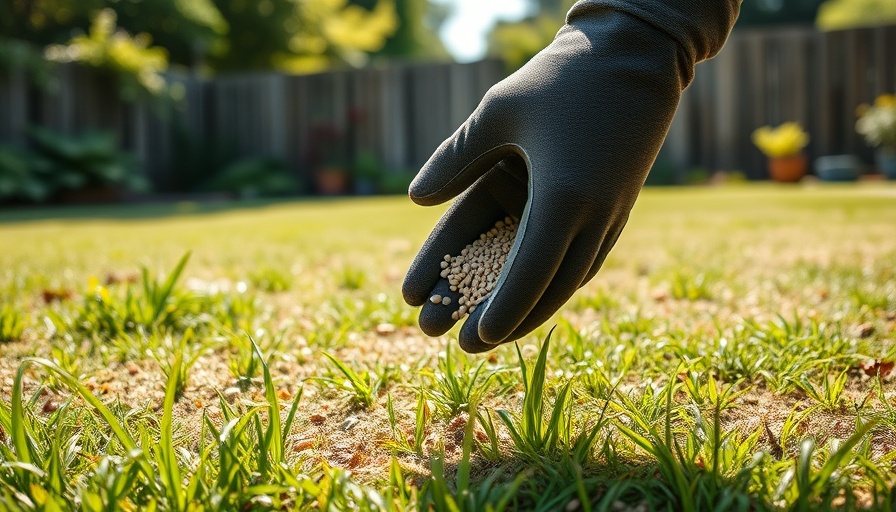
Preserve Your Harvest: Unlocking the Benefits of Seasonal Bounty
As the gardening season draws to a close, many DIY enthusiasts and homeowners are faced with a delightful dilemma: how to make the most of their hard-earned harvests. With abundant fruits and vegetables from the garden, it’s essential not to let this season's bounty go to waste. From canning to freezing, there are numerous preservation techniques available that not only extend the life of your harvest but also enhance its flavor. Understanding these methods is key to enjoying your favorite garden produce all year round.
The Joy of Fresh Produce
Before diving into preservation techniques, it’s worth highlighting the undeniable joy of enjoying fresh-picked produce directly from the garden. Whether it’s sun-ripened tomatoes or crisp peppers, nothing beats the flavor of garden-fresh fruits and vegetables. However, if your harvest is bountiful—or if you're simply unable to consume everything fresh—preservation offers the solution to savor your favorites long after the last flower blooms.
Refrigeration: Simple Yet Effective
Refrigeration is one of the simplest methods for extending the freshness of your harvest. It allows fruits, herbs, and leafy greens to stay crisp and flavorful for a longer period. Generally, if you purchase something from the refrigerated section of your grocery store, you can safely store it in your fridge at home. However, it’s crucial to keep certain fruits, like apples, separate from vegetables to avoid spoilage caused by ethylene gas emissions.
Freezing: Versatile and Long-Lasting
Freezing represents a practical option for many gardeners, particularly for crops like green beans, which can taste just as delicious in soups when frozen. The process is straightforward: wash, chop, and freeze your produce in airtight bags. This method locks in nutrients and flavor, making it a fantastic choice for enjoying your garden's bounty during the off-season.
Canning: A Time-Honored Tradition
Canning is another popular method that not only preserves food but also offers an opportunity to create delightful recipes, such as homemade jams and sauces. This method involves cooking the produce and sealing it in jars to create a vacuum seal which keeps food fresh for months. Canning can seem complex at first, but with practice, you’ll find it’s a rewarding way to enjoy the fruits of your labor.
Fermenting: A Flavor Enhancer
Fermenting provides a unique twist on preservation, enhancing flavors while providing added health benefits. Think of pickles, sauerkraut, or kimchi: all of these delicious foods rely on fermentation. By controlling the fermentation process, you can create tangy, flavorful additions to your meals while boosting the nutritional profile of your garden veggies.
Future Trends in Sustainable Gardening
As interest in gardening continues to rise, so too do trends surrounding sustainable practices. For those in Muskegon and beyond, consider developing your skill set by combining hands-on approaches. You may want to start a backyard planting box, or perhaps construct outdoor soil beds to increase yield efficiently. These initiatives, when paired with preservation techniques, create a more sustainable cycle, thus enhancing your gardening experience.
Actionable Insights for Gardeners
If you’re ready to elevate your gardening game, now is the time to explore these preservation methods actively. Gather your excess produce, choose the preservation technique that suits your style, and enjoy your harvest like never before. Consider sharing your successes on local community platforms or gardening groups—you might inspire someone else to dive into the rewarding world of home gardening!
A Call for Sustainability
The importance of preserving your garden harvest goes beyond personal fulfillment—it contributes to sustainability and waste reduction. So, as you plan your fall harvest, remember the many ways you can savor those flavors well into the winter months. Embrace the journey, experiment with various methods, and share your knowledge with fellow gardening enthusiasts.
 Add Row
Add Row 
 Add
Add 


Write A Comment